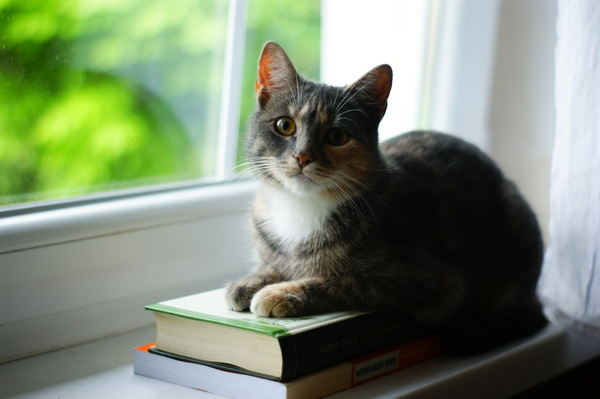
Cat litter and litter boxes play a pivotal function in the lives of both felines and their owners. From the humble beginnings of sand and soil to the innovative improvements these days, the world of cat litter has actually evolved considerably. In this detailed guide, we look into every element of cat litter and litter boxes, exploring their history, types, advantages, obstacles, and whatever in between.
The history of cat litter go back centuries, with ancient civilizations utilizing sand, soil, and even ashes as primitive litter products. Nevertheless, it wasn't till the mid-20th century that modern cat litter as we know it emerged. In 1947, Edward Lowe introduced the world's first commercial cat litter made from absorbent clay, transforming the way cats relieved themselves indoors. Because then, cat litter has undergone numerous transformations, with the introduction of clumping litter, silica gel litter, biodegradable alternatives, and more.
Today, feline owners are ruined for option when it concerns choosing the best litter for their feline companions. Standard clay litter stays popular for its cost and effectiveness in taking in odors. Clumping litter, which forms strong clumps when wet, streamlines cleansing and maintenance. Silica gel litter, composed of highly absorbent silica crystals, uses remarkable odor control and longevity. Biodegradable alternatives, such as recycled paper, wood pellets, corn, and wheat, interest ecologically conscious consumers.
Each kind of cat litter provides unique advantages. Clay litter masters its capability to absorb moisture and control smells, making it a trusted option for many feline owners. Clumping litter streamlines everyday scooping and extends the time between total litter changes. Silica gel litter provides extraordinary odor control and can last longer between replacements. Naturally degradable litters offer a sustainable option that lessens environmental effect.
While cat litter improves indoor feline hygiene, it is not without its obstacles. Dust from clay litter can present breathing dangers for both cats and humans, triggering the popularity of dust-free alternatives. Some cats might develop litter box hostility due to problems with texture, scent, or tidiness, necessitating experimentation with various litters and box configurations. Multi-cat families may need strategic litter box placement and regular upkeep to prevent territorial disagreements and ensure all cats have access to tidy facilities.
Picking the appropriate litter box self cleaning cat litter box is necessary for promoting positive litter box routines and general feline wellness. Factors to think about include size, availability, and design choices. Covered litter boxes provide privacy and aid include smells, but some felines might find them confining or frightening. Open-top litter boxes offer easy access and presence but might lead to more litter scatter. Automatic self-cleaning litter boxes improve upkeep however require routine tracking and upkeep.
Appropriate litter box maintenance is essential for making sure a clean and inviting environment for both cats and their owners. Daily scooping eliminates waste promptly, reducing smell and discouraging litter box aversion. Routine litter replacement, normally every 1-2 weeks, prevents bacterial accumulation and maintains ideal absorbency. Extensive cleaning with mild detergent and water, cat litter avoiding severe chemicals that might hinder cats from using the box, must be carried out monthly.
Cat litter and litter boxes play a central role in promoting a healthy and unified relationship in between felines and their human companions. With a diverse variety of litter alternatives and litter box designs offered, feline owners have the flexibility to tailor their choices to match their felines' preferences and home cat litter robot requirements. By comprehending the evolution, types, benefits, and difficulties of cat litter and litter boxes, animal owners can supply their feline good friends with a comfy and sanitary indoor environment.